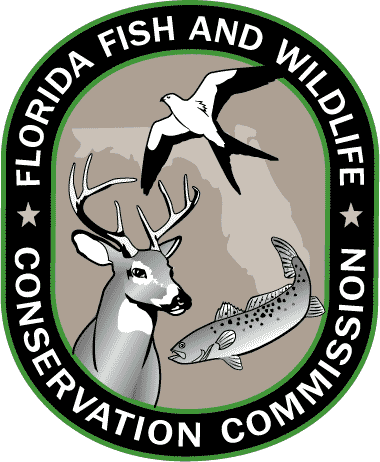Florida FWC Releases Last Group of Plans to Conserve 60 Imperiled Species

The fourth and final group of draft action plans to conserve dozens of Florida fish and wildlife species is ready for public inspection and input, including plans to protect pillar coral and the Southeastern American kestrel.
Since February, the Florida Fish and Wildlife Conservation Commission (FWC) has shared plans to conserve 60 species listed now as state-threatened or species of special concern. While listing status may change for some species once a final Imperiled Species Management Plan is approved by the Commission, all 60 species will be managed by the FWC to maintain or grow their populations to preserve Florida’s wildlife legacy for future generations.
The FWC, in this final group, is releasing draft action plans for 13 species. In addition to pillar coral and kestrel, there are plans for the limpkin, crystal darter, Black Creek crayfish, Santa Fe cave crayfish and seven reptiles that reside in the Florida Keys. The reptiles are the Key ringneck snake, rim rock crowned snake, Florida Keys mole skink, as well as lower Keys populations of Florida brownsnake, Peninsula ribbon snake, red rat snake and striped mud turtle.
The public is invited to go to MyFWC.com/Imperiled to read and comment on the plans for these 13 species, with the last day for public comment being June 21.
The FWC will incorporate public feedback as it revises the 49 action plans covering the 60 species. Plans will identify specific threats, challenges and actions. The next step will be identifying Integrated Conservation Strategies that address common actions benefiting multiple species in areas such as:
- Habitat conservation and management;
- Research and monitoring;
- Incentives and influencing;
- Education and outreach;
- Law and policy;
- Climate change.
“The FWC is conserving species such as the Florida black bear, bald eagle and gopher tortoise by using management plans that address a single species. With the challenge of conserving 60 additional species, the FWC is strategically marshaling its resources in ways that address the species’ common threats and needs,” said Claire Sunquist Blunden, the FWC’s stakeholder coordinator for the Imperiled Species Management Plan. “Once draft species action plans are revised to incorporate public input, the FWC’s work in the coming year will focus on developing conservation strategies that will benefit multiple species.”
Ultimately, the outcome will be an Imperiled Species Management Plan that the FWC will use as a roadmap to work with the public and partners to ensure all 60 species are conserved. The final Imperiled Species Management Plan is scheduled for approval by the Commission in 2015.
Pillar coral is rare in Florida waters, where it ranges from Palm Beach County to the Dry Tortugas. Threats to pillar coral described in the draft action plan include changes in acidity and temperature of ocean water, damage from human activity such as boats and anchoring, and a continuing decline of mature individuals of the species. Pillar coral is being recommended for listing as a threatened species.
Installing additional mooring buoys, so boats do not need to drop anchor near reefs, is one of the suggested conservation actions to protect pillar coral, along with additional research to assess pillar coral population, genetic diversity and reproductive potential. Restoration efforts may include rearing of juvenile pillar coral in nurseries and enhancing reefs with species such as long-spined urchins that benefit overall reef habitat.
The Southeastern American kestrel, the smallest falcon in North America, is also being recommended for listing as a threatened species. Once found commonly through seven southeastern states, this subspecies now lives primarily in Florida. The kestrel is dependent on using the nesting cavities of other birds such as woodpeckers, but in the absence of naturally created cavities, manmade nesting boxes are acceptable to this bird of prey.
More than 160 nesting boxes for kestrels in Levy and Marion counties have been maintained during the past two decades by biologists from the FWC, University of Florida and University of Nevada-Reno. In 2009, the FWC initiated the Southeastern American Kestrel Partnership, which promotes nest box monitoring programs throughout peninsular Florida.
Future conservation of kestrels will depend on the cooperation of many partners beyond the FWC, including private landowners willing to manage their lands to provide wildlife habitat. Almost any landowner can help by building and putting up nest boxes for Southeastern American kestrels. The most important feature of the nest box is a 3-inch-diameter entrance hole. Go to MyFWC.com/Research, click on “Wildlife” and then on “Southeastern American Kestrel” for information on building a kestrel nest box.

